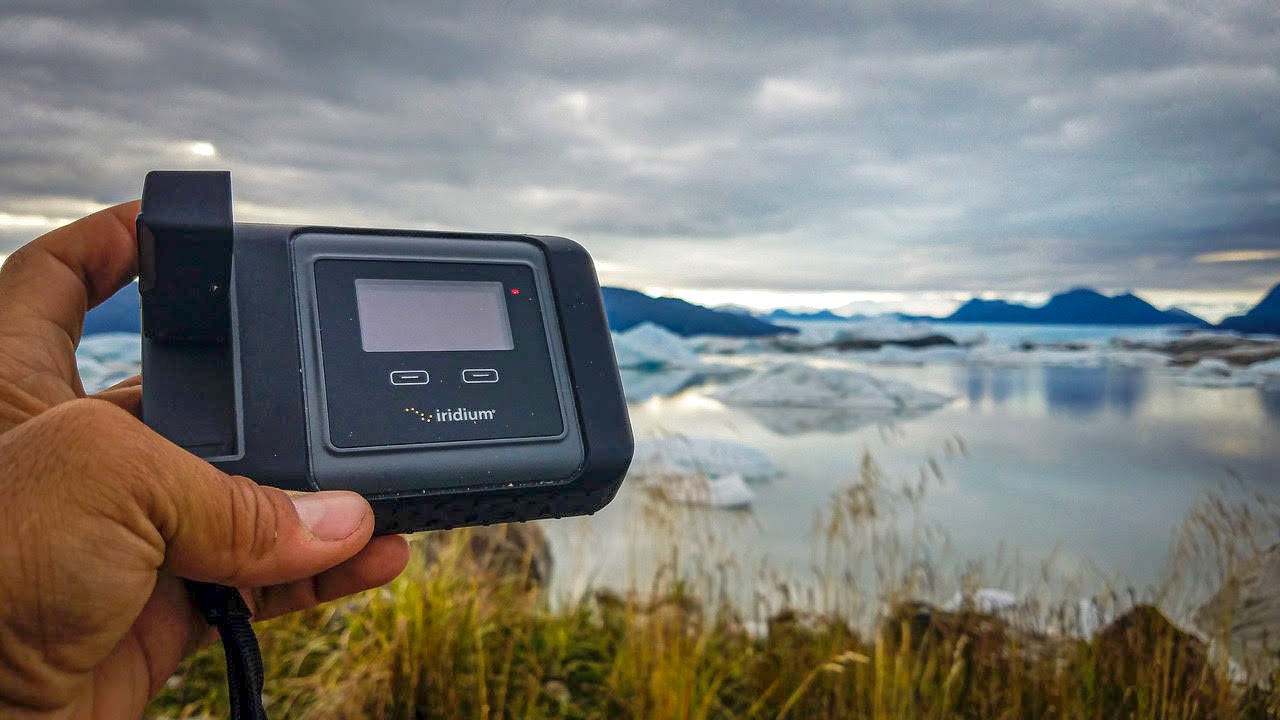We all love disconnecting for a good backcountry adventure—no cellphones, emails, or texts, only the sounds of nature. But for emergencies is always the safest option, especially when our adventures take us to far-flung places hours away from civilization. Satellite devices, such as the and , are well known (and well loved) in the outdoor community. But what you may not know is that the are powered by the same satellites behind some seriously epic adventures.
Iridium is the only satellite network that keeps users connected pole to pole. Read on to see some of the expeditions supported by Iridium’s satellite connectivity.
Discovering New Species in Patagonia
Entomologist Dr. Isaí Madriz set out to the Aysén region of Chilean Patagonia to study biodiversity. As part of the world’s first insect-conservation program, the Fulbright scholar and National Geographic Explorer knew he’d encounter far more bugs than humans as he explored fjords, glaciers, and snowy mountains. During his three years studying in Patagonia, Dr. Madriz discovered more than 50 new species of insects—a testament to the biodiversity we’re only just beginning to understand in the region. To stay connected on what were often solo expeditions in a variety of weather conditions, Dr. Madriz used , which connects to up to five devices via Iridium satellites and offers voice calling from even the wildest parts of the world.
Off-Roading 1,400 Miles Through the Desert
Every year, daring women head to the desert of California and Nevada for the Rebelle Rally—a first-of-its-kind women’s off-road navigation competition that puts driver-and-navigator teams to the test over eight days. With no cellphones and no GPS, teams traverse nearly 1,400 miles the old-school way (using maps, guidebooks, and a compass). While the competitors don’t get the benefit of modern technology, the hosts rely on Iridium satellites to safely pull off the longest race of its kind in the nation. The logistics team uses Iridium’s push-to-talk (PTT) system to communicate with course officials and to track competitors in real time, even when they are out of cell range. The teams are also equipped with the for emergencies along the route.
Protecting Remote Cultural Heritage Sites
During WWII, the U.S. Army partnered with historians, museum curators, archaeologists, and other experts (known as the Monuments Men) to identify and preserve objects and places of historical and cultural significance across Europe. Today, a modern-day battalion of cultural specialists are trained to protect cultural heritage sites from both armed conflict and natural disasters. The modern Monuments Officers have a distinct advantage over their predecessors, however: the ability to communicate around the globe via satellite. Iridium satellites and PTT devices and satellite phones, such as the , have supported boots-on-the-ground initiatives to protect sites in remote areas, including the jungles of Honduras, with real-time reporting and resources in the field.
Iridium® is the only mobile voice and data satellite communications network that spans the entire globe, enabling connections between people, organizations and assets to and from anywhere, in real time. Together with its ecosystem of partners, Iridium delivers an innovative portfolio of reliable solutions for markets that require truly global communications.

